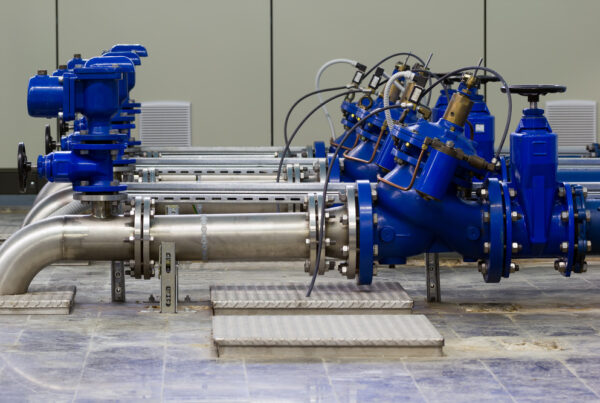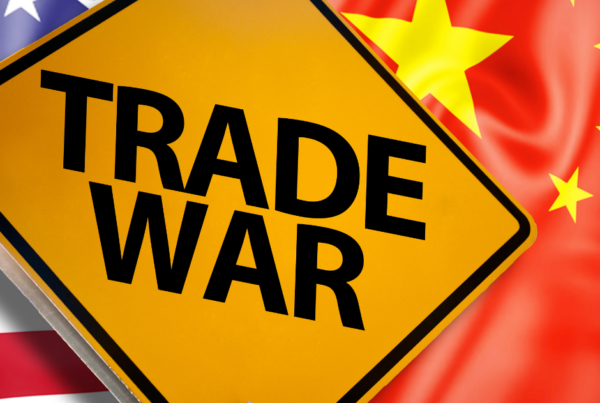Understanding the Value and Size of the UK Market for Electrical Cables
The UK market for electrical cables is a critical component of the broader electrical and construction industries. This sector includes a variety of products such as power cables, communication cables, and specialty cables used in industries ranging from construction to telecommunications. As the UK continues to advance in infrastructure, technology, and sustainable energy, the demand for electrical cables is projected to grow significantly.
Market Value
The value of the UK electrical cable market is substantial. In 2023, the market was estimated to be worth approximately £5.5 billion. This valuation encompasses various segments, including power distribution cables, data and communication cables, and specialty cables used in specific industrial applications.
Several factors contribute to this market valuation:
Infrastructure Projects: Major infrastructure projects, including the construction of new residential and commercial buildings, as well as the renovation of existing structures, drive the demand for electrical cables. These projects require extensive wiring for electrical systems, lighting, and data networks.
Renewable Energy: The push towards renewable energy sources, such as wind and solar power, has significantly increased the demand for electrical cables. These projects require extensive cabling to connect the power generated from renewable sources to the national grid and local distribution networks.
Technological Advancements: The rapid advancement in technology, particularly in the fields of telecommunications and data centers, has led to increased demand for high-performance communication cables. The roll-out of 5G networks and the expansion of data centers are notable examples.
Automotive Industry: The growing electric vehicle (EV) market also contributes to the demand for electrical cables. EVs require specialized cables for charging infrastructure and internal wiring systems.
Market Size
The market size, in terms of volume, is equally impressive. The UK electrical cable market is estimated to consume over 400,000 kilometers of cable annually. This includes various types and sizes of cables used in different applications:
Low Voltage Cables: These are used in residential and commercial buildings for general electrical wiring.
Medium Voltage Cables: Typically used for industrial applications and in the distribution of electricity.
High Voltage Cables: Used for the transmission of electricity over long distances, such as between power plants and substations.
Data and Communication Cables: Essential for telecommunications and data networks, including fiber optic cables.
Key Market Trends
Sustainability and Green Energy: As the UK commits to reducing carbon emissions, there is a growing emphasis on green energy projects. This trend is expected to drive further demand for cables used in renewable energy installations.
Smart Grids and IoT: The development of smart grids and the Internet of Things (IoT) is revolutionizing the way electrical systems are managed. Smart grids require advanced cabling solutions to support real-time data transmission and efficient energy distribution.
Urbanization and Smart Cities: The growth of urban areas and the development of smart cities are fueling the need for extensive electrical cabling infrastructure to support intelligent transportation systems, smart lighting, and other advanced urban technologies.
Advancements in Cable Technology: Innovations in cable materials and manufacturing processes are leading to the development of more efficient and durable cables. This includes the use of superconductors and other advanced materials that enhance performance and reduce energy losses.
Market Challenges
Despite the positive outlook, the UK electrical cable market faces several challenges:
Raw Material Prices: Fluctuations in the prices of raw materials, such as copper and aluminum, can impact the cost of cable production and, consequently, market prices.
Regulatory Compliance: Ensuring compliance with stringent safety and performance standards can be complex and costly for manufacturers.
Supply Chain Disruptions: Global supply chain disruptions, such as those caused by the COVID-19 pandemic, can affect the availability of raw materials and finished products.
Conclusion
The UK market for electrical cables is a vital and dynamic sector with significant growth potential. Driven by infrastructure development, technological advancements, and the push towards sustainable energy, the demand for electrical cables is set to rise. While challenges exist, the market’s resilience and adaptability ensure that it will continue to play a crucial role in the UK’s economic and technological landscape.
As the country moves towards a more connected and sustainable future, the importance of reliable and efficient electrical cabling cannot be overstated.






